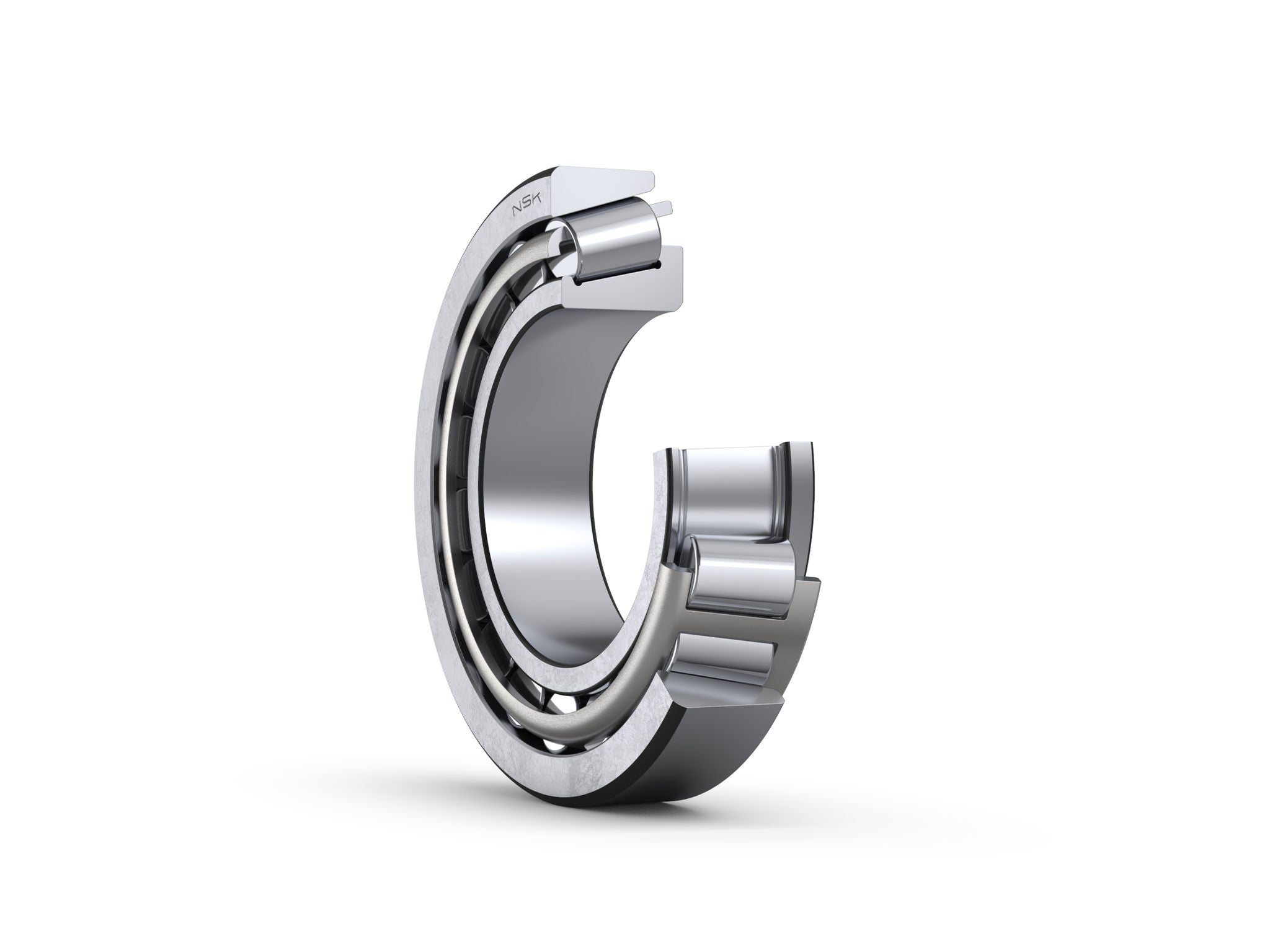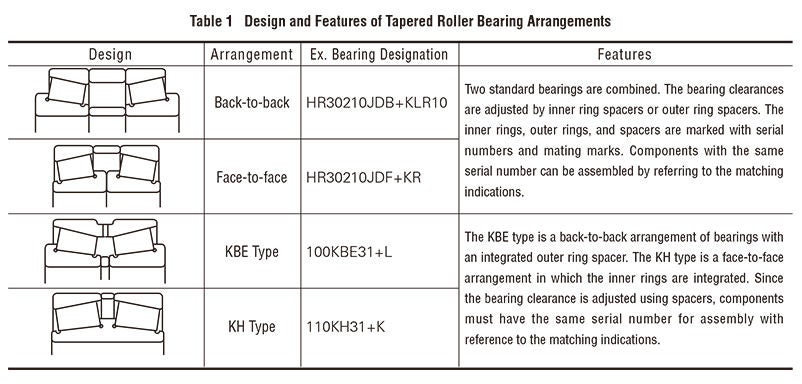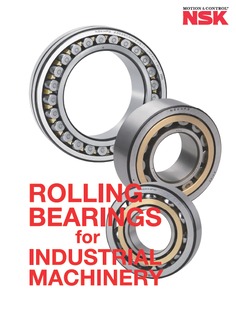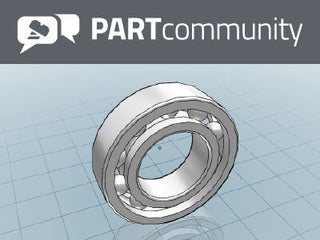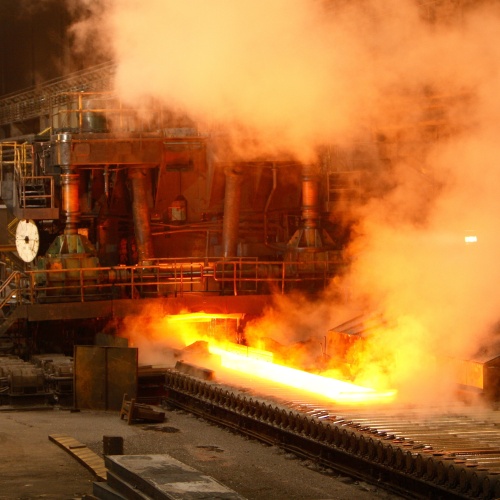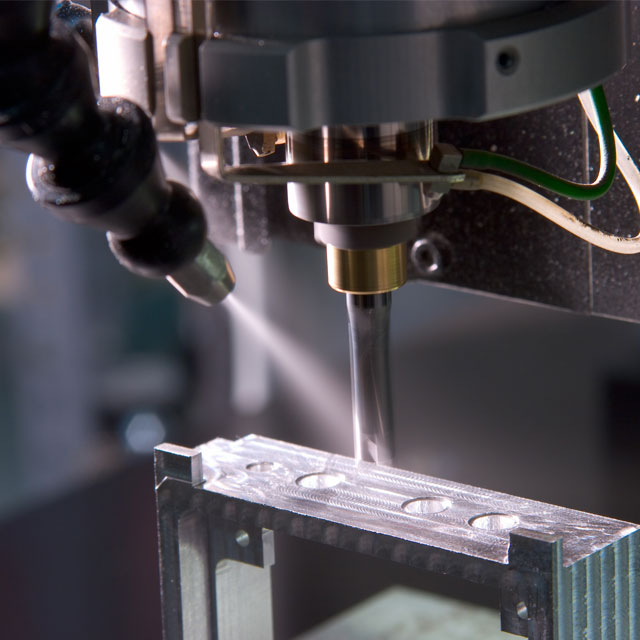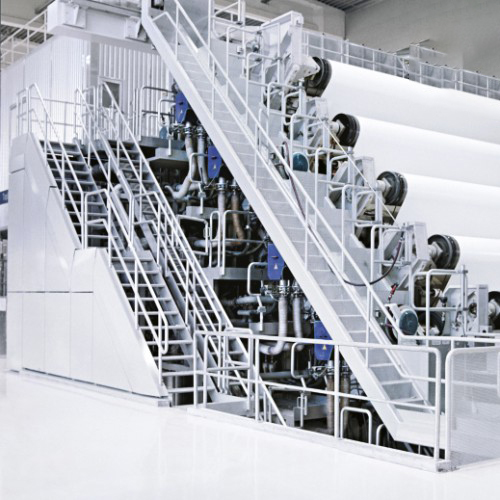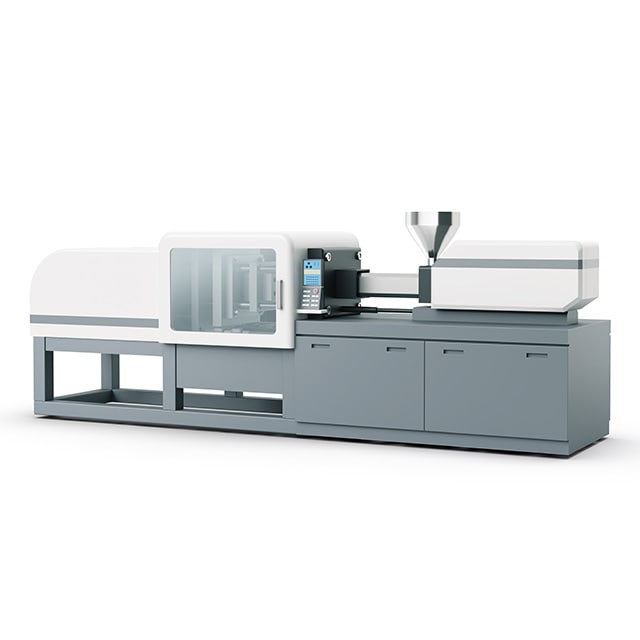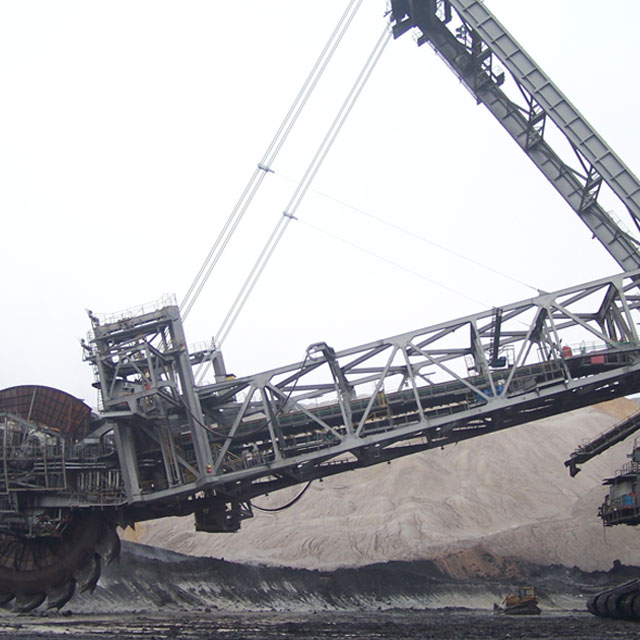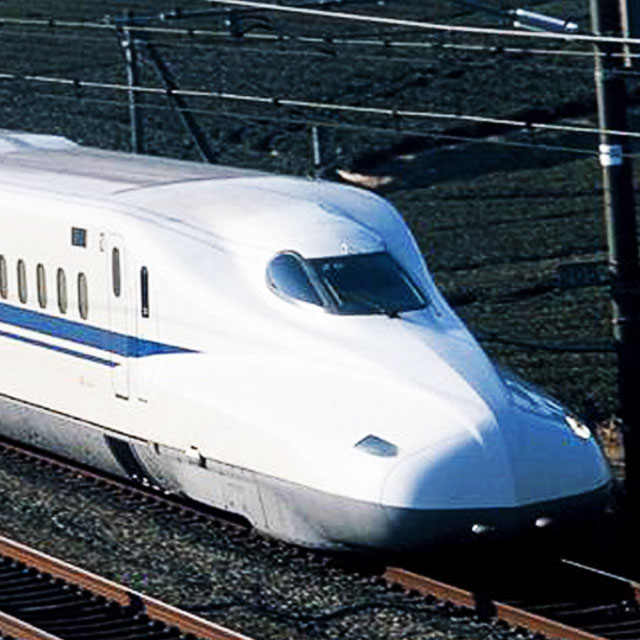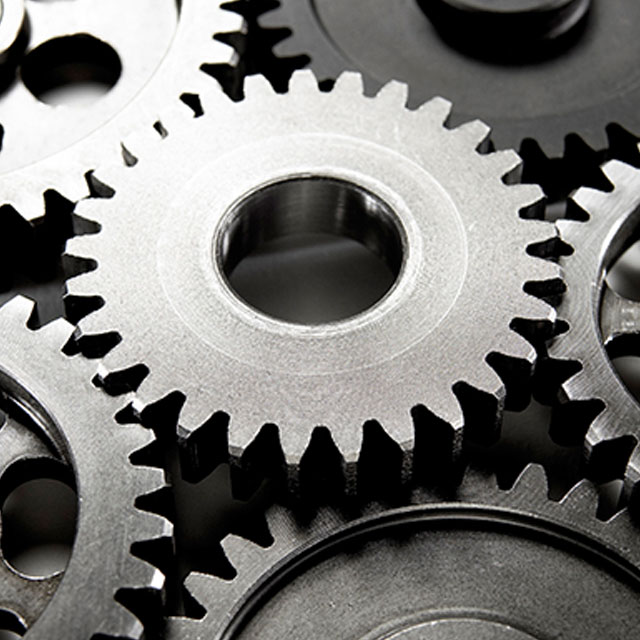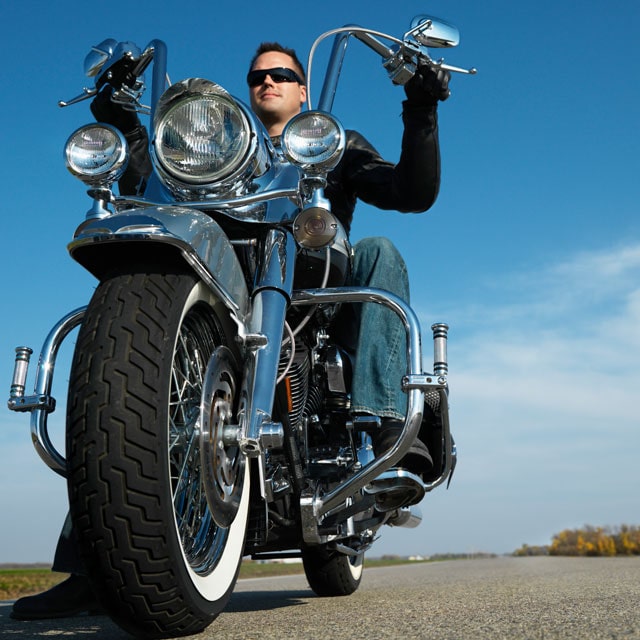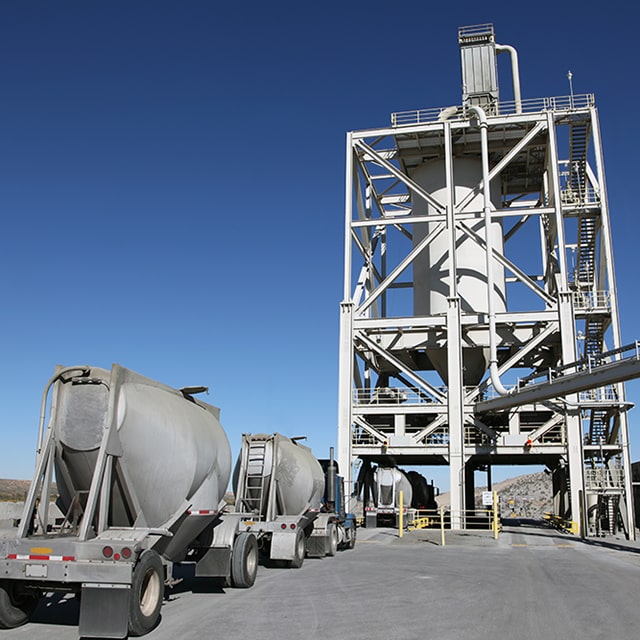Tapered Roller Bearings
Overview
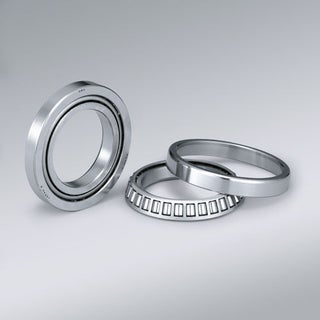
Tapered roller bearings are designed so that the imagined conical apices formed by the raceways of the inner and outer rings and the rollers all converge at one point on the bearing axis. The trapezoidal tapered rollers used as the rolling elements are guided by a large rib on the inner ring.
TRBs can take radial loads and axial loads in one direction. When load is applied, the axial component generated inside the bearing generally requires the use of two opposed bearings (similar to angular contact ball bearings) or double-row bearings. Spacers are used to adjust the inner and outer rings in the axial direction to achieve the proper internal clearance. Since they are separable, the inner ring (cone) assemblies and outer rings (cups) can be mounted independently.
The HR Series increases both the size and number of rollers for even higher load capacity.
Tapered roller bearings are divided by their contact angle into normal-, medium-, and steep-angle types. In addition to double-row types, four-row tapered roller bearings are also available. Pressed cages are generally used, though large bearings may utilize pin-type cages.
Product List
FAQs
Catalogs
Search our full listing of catalogs for more details.
2D/3D CAD Data
Download 2D & 3D CAD model files and spec. sheets for NSK products through PARTcommunity.
This free service is provided by CADENAS GmbH.

